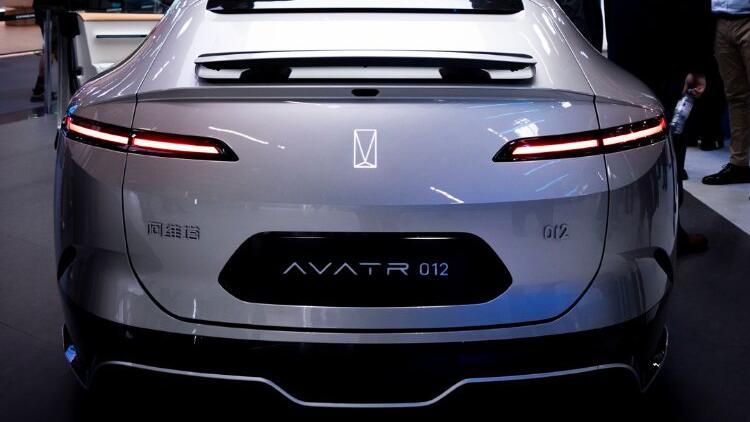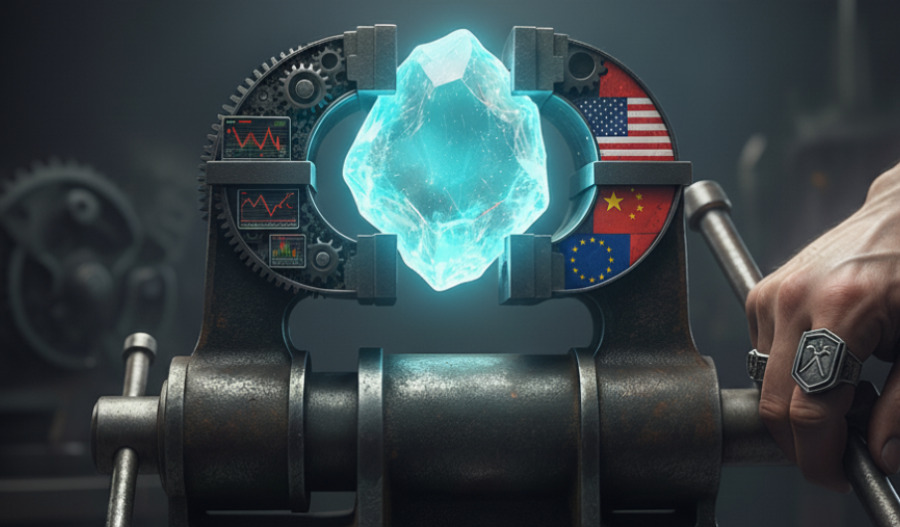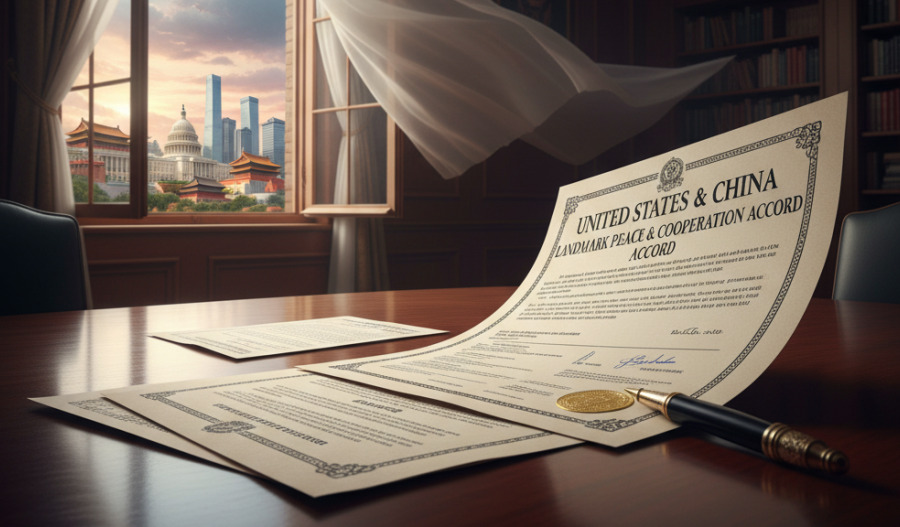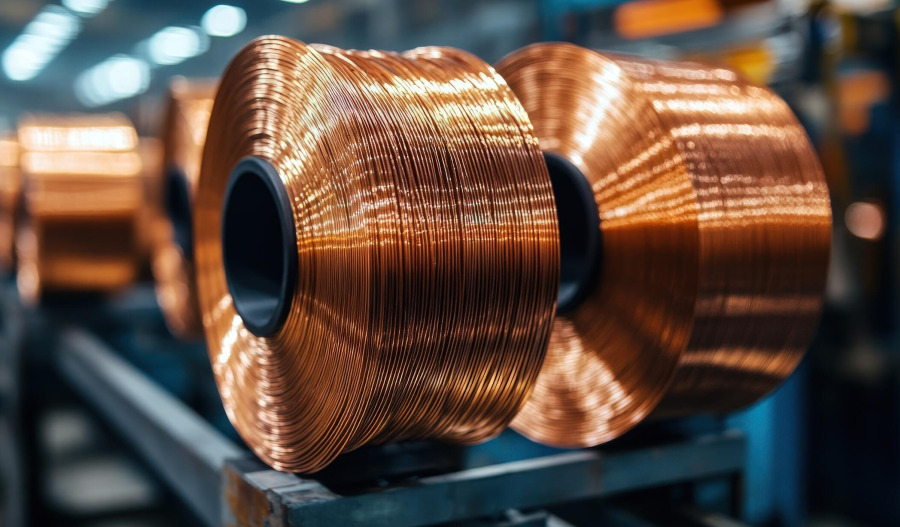The world's largest battery maker CATL is facing market access risks due to the United States' decoupling legislation, a Pentagon blacklist and potential restrictions on grid components, yet price targets from JP Morgan are a 19% premium to its current share price.
Europe is the EV growth corridor - CATL's Hungarian and Spanish plants will determine whether the Ningde-based tech giant maintains global dominance or becomes primarily an Asian supplier.
Mixed newsflow from Contemporary Amperex Technology (HKEX: 3750) saw it post a 41% profit jump in Q3, ink a 200 gigawatt hour (GWh) decade-long supply deal and kick off mass production of 5th-generation lithium iron phosphate (LFP) and its Nextra sodium-ion batteries - all major milestones for the long term.
Meanwhile, U.S. lawmakers are cranking up restrictions on Chinese battery imports, a major shareholder offloaded 1% of stock, and cornerstone investors became free to sell from this week.
Let's take a deeper look at the metrics and momentum of one of the most important companies in the electric vehicle revolution.
200 GWh energy storage pact
The headline deal this month was a 10-year strategic pact with Beijing Hyperstrong Technology covering 200 GWh of battery supply for energy storage systems between 2026 and 2028, with a rolling three-year review extending through 2035.
Morgan Stanley reckons the annualised volume equates to roughly half of projected 2025 energy storage sales, and the deal sent Shenzhen-listed shares up 7.6% to a closing high, with Hong Kong stock gaining 3.2% at the time.

Both firms plan to jointly procure AC-side components, establish an energy storage investment fund and build an integrated management platform spanning project development to maintenance.
Robin Zeng's outfit also locked in a 10-year deal with GAC Group to advance its Choco-Swap battery swap ecosystem, with GAC Aion's new UT Super compact hatchback - starting at 89,900 yuan ($12,630) with battery, or 49,900 yuan under a rental plan - the first model built on the tech.
5th-gen LFP and sodium-ion roll out
Founder and chairman Robin Zeng confirmed in November that fifth-generation LFP batteries have entered mass production, boasting improvements in energy density and cycle life.
LFP cells now account for north of 80% of the Chinese market, up 42.5% in the first nine months, and the chemistry is projected to command 60% of global lithium-ion battery market share by year-end 2025.
The company's Shenxing and Qilin batteries made up around 60% of Q3 shipments.
The Naxtra sodium-ion battery platform - unveiled in April and now entering mass production - achieves an energy density of 175 watt-hours per kilogram (Wh/kg), approaching LFP's 185 Wh/kg but without lithium dependence.
Specs include 500km of range, over 10,000 charge-discharge cycles, 5C superfast charging (adding 520km in five minutes under optimal conditions) and operation from -40°C to +70°C, with the battery retaining 90% usable capacity at the low end of that range.
In September, Naxtra became the first sodium-ion battery to pass China's new GB 38031-2025 safety standard, and management says the chemistry could cover over 40% of domestic passenger vehicle demand, with particular appeal in cold-climate regions where lithium-ion performance degrades.
Regulatory heat
In January, the U.S. Department of Defense slapped the company on its list of Chinese military companies - a designation it calls a "mistake" and is challenging legally.
The blacklist bars defence procurement and triggers heightened scrutiny from the Committee on Foreign Investment in the United States.
The House of Representatives passed the Decoupling from Foreign Adversarial Battery Dependence Act in March, which would prohibit the Department of Homeland Security from purchasing batteries from CATL, BYD, Envision Energy, EVE Energy, Gotion High-Tech and Hithium Energy Storage from October 2027, and the bill is now before the Senate.
Lawmakers are also pushing to restrict imports of Chinese-made grid components, citing security concerns over "undocumented communication devices" allegedly found in Chinese inverters.
"Foreign entity of concern" rules pile on further pressure - from 2024, EV tax credits were denied for vehicles containing battery components from Chinese-controlled entities, and in 2025 the restriction expanded to critical minerals like lithium and graphite.
A licensing deal with Ford for a Michigan LFP plant navigates these rules - Ford owns the facility while the Chinese supplier provides technology and equipment - but political opposition remains fierce.
EU expansion
The battery giant directed 90% of its HK$35.7 billion ($4.6 billion) Hong Kong IPO proceeds toward a planned 100 GWh manufacturing facility in Hungary, near BMW's new flagship plant, with construction slated for 2026 and a Hungarian government guarantee in place.
A €4.1 billion ($4.8 billion) joint venture with Stellantis in Zaragoza, Spain, is scheduled to start production by late 2026, though negotiations with Spain's government over plans to have 2,000 Chinese workers establish the plant have been slowed by public resistance.
International markets contributed 34.2% of first-half sales, up from 30.3% the prior year, and with Chinese EV penetration past 50% of new sales and tipped to hit 80% by 2030, offshore expansion is critical for continued growth.
Market ructions
CATL's Hong Kong debut in May saw its shares jump 16% on opening day, closing at HK$306.20 - above the Shenzhen price - with the IPO raising $4.6 billion to become the world's largest listing of 2025 so far.
After steady gains since, shares slipped earlier this month, on the back of news its co-founder and third-largest shareholder Huang Shilin flagged plans to offload ~1% of his stake- its Shenzhen stock dropping as much as 5.4%.
Adding to the pressure, 77.5 million cornerstone shares became free to trade from November 19 as lockups expired, though some analysts view the pullback as a buying opportunity.
The macroeconomics of the market, however, remain resilient. Global EV sales topped 2 million units during September for the first time - a 20% month-on-month increase and 26% lift on the prior year - with China leading at 1.3 million sales, followed by Europe with 427,000 units.
The International Energy Agency projects over 20 million EV sales worldwide in 2025, representing more than one-quarter of all cars sold, with first-quarter sales up 35% across all major markets.
In China, EVs now exceed 50% of new sales, while the U.S. remains at just 9% penetration, with BloombergNEF slashing its 2030 forecast from 47.5% to 27% following policy rollbacks.
For a supplier to car giants Tesla, Volkswagen, BMW, Mercedes-Benz, and Stellantis, Europe's emissions targets and China's domestic momentum are the primary growth levers.
Q3 financials
CATL profit growth clocked in at more than triple the pace of revenue, with Q3 net profit surging 41.2% to 18.5 billion yuan (US$2.6 billion) on the back of revenue climbing 12.9% to 104.2 billion yuan.
For the nine months to September, cumulative revenue hit 283.1 billion yuan - up 9.3% on the prior corresponding period - while in the same period net profit rose 36.2% to 49 billion yuan.
Total assets reached 896.1 billion yuan, up 13.9% YTD, and operating cash flow has climbed 19.6% to 80.7 billion yuan.
Domestic power battery installations totalled 210.7 GWh from January to September - up 33.6% - commanding a whopping 42.8% market share.
On a global scale, the Ningde-based firm held 36.8% of the EV battery market - down from 37.7% in 2024 as rival BYD closes the gap.



